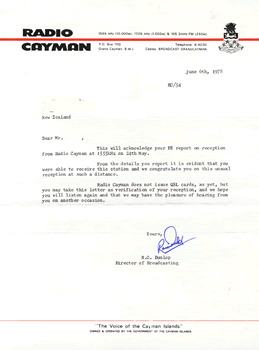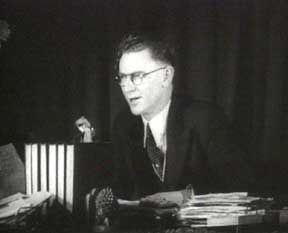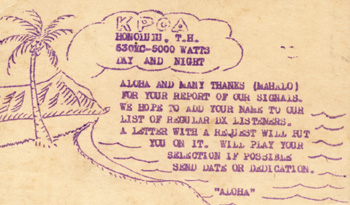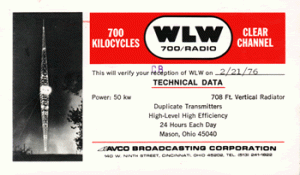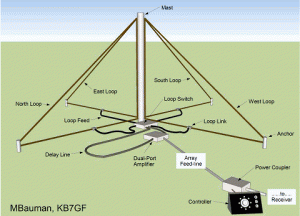Radio Cayman was one of the most regular of Caribbean stations heard in New Zealand. The split frequency of 1555kHz gave it solus position and the bird song interval signal prior to the 1100z sign-on was magical to hear. They were also heard signing off around 0500z some days.
Thanks to Tony King, here is their sign-off announcement:

